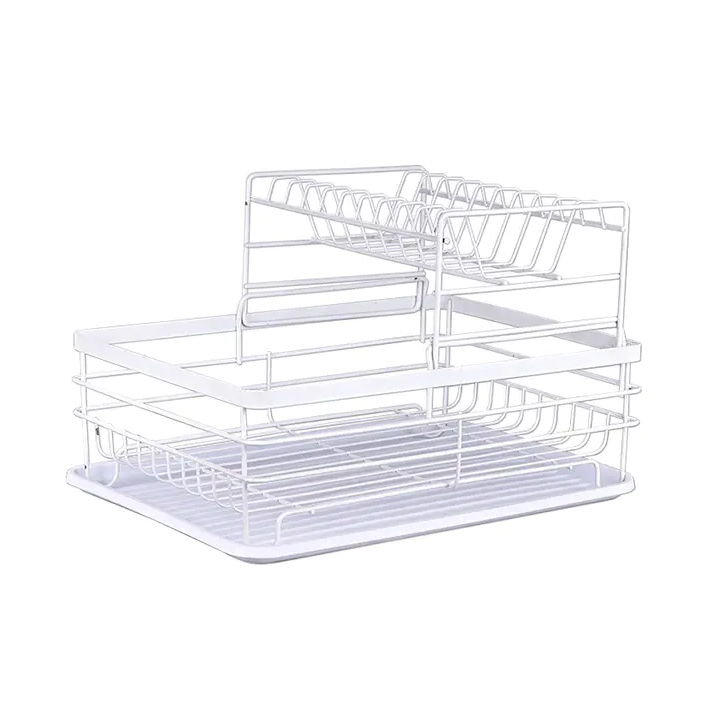Choosing the Right Kitchen Dish Rack for Your Needs

Kitchen dish racks are common tools designed to organize and dry dishes efficiently after washing. Their practical use extends beyond simple dish storage, playing an important role in maintaining kitchen cleanliness and improving workflow. These racks come in various sizes and designs, allowing them to fit different kitchen setups and meet the diverse needs of households.
One of the primary applications of kitchen dish racks is to provide a designated space for drying dishes, utensils, and glassware. After washing, placing items on the rack allows water to drain off naturally, helping to speed up the drying process. This minimizes the need for using towels, which can harbor bacteria and require frequent washing. A well-ventilated rack design supports better air circulation, contributing to hygiene in the kitchen.
In addition to drying, dish racks help organize kitchenware in a way that saves counter space. By stacking plates vertically, holding cups and glasses securely, and providing compartments for cutlery, dish racks keep kitchen counters tidy. This organization also helps reduce clutter, making it easier to find and access items when needed. Some racks come with detachable trays or drip pans to catch excess water, protecting countertops from moisture damage.
Kitchen dish racks are also useful in small kitchens where space is limited. Compact or foldable designs allow users to store the rack away when not in use, freeing up valuable counter space. Vertical or tiered dish racks make efficient use of vertical space, offering multiple layers to hold more items within a smaller footprint. These features are particularly beneficial in apartments, dormitories, or mobile homes.
Beyond residential kitchens, dish racks find applications in professional environments such as restaurants and cafes. In these settings, the need for efficient dish handling is higher, and racks can accommodate larger quantities of dishes. Commercial-grade racks are often made of durable materials like stainless steel or heavy-duty plastic to withstand frequent use and cleaning.
Some kitchen dish racks are designed with additional functionality, such as incorporating utensil holders, cutting board slots, or space for drying lids and pots. These multifunctional racks streamline kitchen tasks by consolidating storage and drying in one place. Users can customize the arrangement based on their daily routine and kitchenware types.
When choosing a dish rack, considerations include material, size, drainage design, and ease of cleaning. Materials like stainless steel resist rust and provide long-term durability, while plastic racks are lightweight and available in various colors. Racks with removable drip trays simplify maintenance and prevent water buildup.
In summary, kitchen dish racks serve as practical solutions for drying and organizing kitchenware. Their applications range from household kitchens to commercial settings, with designs that accommodate different space requirements and user preferences. By improving organization and promoting hygiene, dish racks contribute positively to everyday kitchen management.
- Art
- Causes
- Crafts
- Dance
- Drinks
- Film
- Fitness
- Food
- Giochi
- Gardening
- Health
- Home
- Literature
- Music
- Networking
- Altre informazioni
- Party
- Religion
- Shopping
- Sports
- Theater
- Wellness


